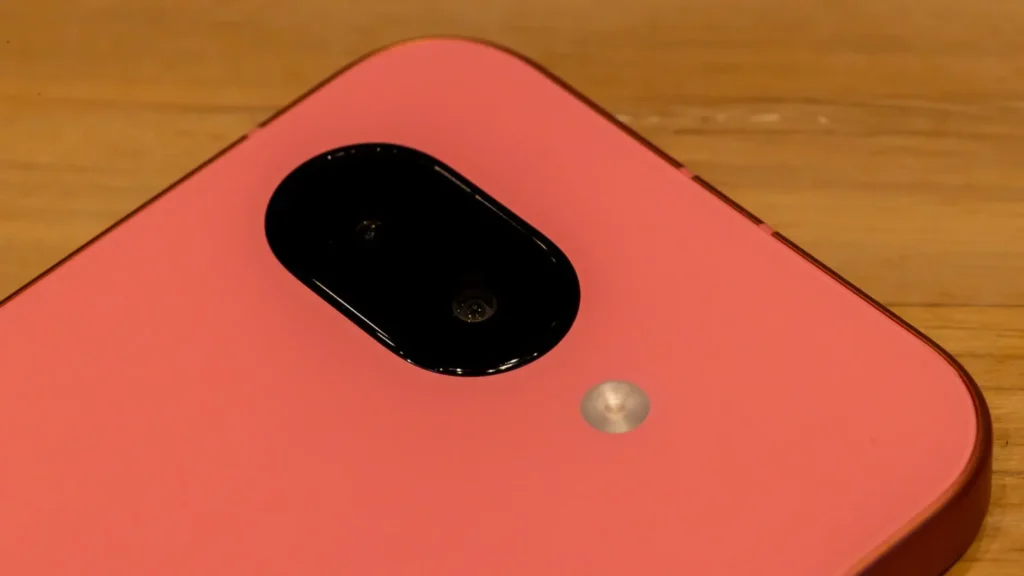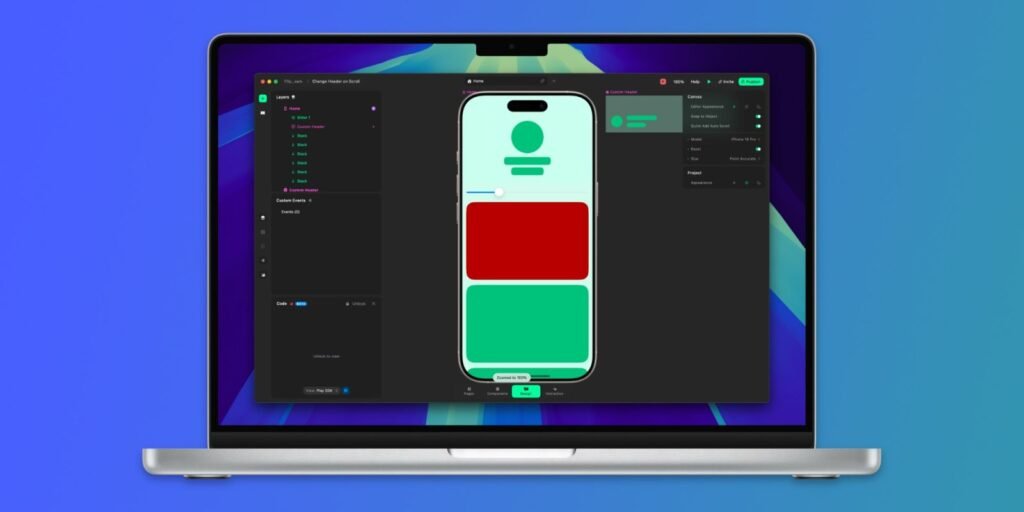
New tariffs on imports could mean you’ll soon have to pay more for electronics.
James Martin/CNETTime may be running out on the temporary reprieve from tariff-induced price hikes for the iPhone and other electronics.
Early this month, President Donald Trump hiked tariffs to 145% on goods from China, where Apple produces most of its products. However, he ended up exempting smartphones and some other electronics from his “reciprocal tariffs,” leaving a 20% “fentanyl tariff” in place. White House officials said the reprieve from additional tariffs was temporary.
Regardless of what the final tariff amount is, you should expect to pay more for your next iPhone. If Apple passed the full 145% China tariff costs on to customers, the iPhone 16 Pro Max with 1TB of storage could increase from $1,599 to more than $3,900. With a 20% tariff, that same iPhone could increase to more than $1,900.
Experts say electronics prices will likely start to increase after companies sell out of their current supplies, which were shipped before tariffs, and the pricier devices start arriving.
“The best-equipped companies that supply the US, whether it’s a US-based company or not, have probably got two to three weeks of inventory on hand at best,” said Ryan Reith, group vice president for IDC’s Worldwide Device Tracker suite, which includes mobile phones, tablets and wearables, in an interview with CNET earlier this month.
Apple may have a slightly larger reserve. Its biggest suppliers in India, Foxconn and Tata, shipped nearly $2 billion worth of iPhones in March, according to customs data reviewed by Reuters this week. The tech giant ordered the phones to be airlifted in so they’d arrive before Trump’s tariffs were expected to begin.
And although experts don’t expect costs to rise on a 1-to-1 basis with tariffs on goods from China — and other countries — you should expect increases. If you’re in the market for a new Apple device or an imported gaming system, like the Nintendo Switch 2 or PlayStation 5 Pro, here’s how tariffs could raise prices and what you should do to prepare.
How much could iPhone prices go up with tariffs? We do the math
If the full cost of tariffs were passed on to shoppers, we could see anywhere from a 20% to a 145% increase in prices on Apple products produced in China in the coming months. Apple has moved some of its production to other countries but most iPhones are still manufactured in China.
Here’s how Trump’s current “fentanyl tariff” could affect the cost of an iPhone:
How could tariffs increase iPhone prices?
| Current price | Fentanyl tariff (20%) | Potential price | |
|---|---|---|---|
| iPhone 15 (128GB) | $699 | $140 | $839 |
| iPhone 15 Plus (128GB) | $799 | $160 | $959 |
| iPhone 16e (128GB) | $599 | $120 | $719 |
| iPhone 16 (128GB) | $799 | $160 | $959 |
| iPhone 16 Plus (128GB) | $899 | $180 | $1,079 |
| iPhone 16 Pro (128GB) | $999 | $200 | $1,199 |
| iPhone 16 Pro Max (256GB) | $1,199 | $240 | $1,439 |
| iPhone 16 Pro Max (1TB) | $1,599 | $320 | $1,919 |
But there’s a lot more that goes into the price of an iPhone than simply where it’s manufactured. Apple sources components for its products from a long list of countries, which could face higher tariffs after the pause. And a tariff on goods doesn’t necessarily mean prices will go up by the same amount. If companies want to stay competitive, they could absorb some of the costs to keep their prices lower.
“It won’t be as high as one-to-one in terms of the tariff increases,” Reith said. “The math isn’t as clear cut as that on the tariffs.”
When could we see prices go up?
It’s unclear exactly when prices could go up but if companies sell out of devices produced before the tariffs, they’ll likely have to increase prices on products in tariffed shipments. However, Apple has ways to offset the impact of tariffs through its services — including its music, news and data plans — according to supply chain expert Joe Hudicka.
“Apple will likely absorb some of the tariff costs up front to keep sticker prices stable, then pass the rest on to consumers gradually through service bundles, device longevity and ecosystem upgrades,” he said. “Consumers will still pay, just not all at once.”
Apple has also started to move some of its manufacturing to other countries, including India and Vietnam. Those countries were originally hit with their own “reciprocal tariffs” — Vietnam with a 46% hike and India a 26% increase — but were among the reprieved. However, they still face the 10% baseline tariff that went into effect this month.
It’s also unclear, exactly how much of an impact the tariffs will actually have on prices. If rising prices cause demand to plummet, experts note that Apple and other producers could reduce their prices to stay competitive.
Will other tech products also see price hikes?
Smartphones aren’t the only devices expected to increase prices because of tariffs. Best Buy and Target warned consumers last month to expect higher prices for everything after the latest round of tariffs went into effect. February’s tariff hike had already prompted Acer to announce that it was raising prices on its laptops. Top tech brand Anker began raising its prices recently in response to the tariffs.
Apple announced a $100 price cut on its new MacBook Air last month, a day after the last round of tariffs took effect. In what was widely viewed as an attempt to persuade Trump to “carve out” an exemption from the latest tariffs, Apple announced in February that it would spend more than $500 billion in the next four years to expand manufacturing operations in the US.
However, regardless of the exact amount, expect tariffs on goods from China and other countries to translate into higher prices for consumers. That means the tech you use daily, like imported smartphones, tablets, laptops, TVs and kitchen appliances, could get even more expensive this year.
Watch this: Buy or Wait Guide: How Tariffs Will Change Tech Prices and What to Do Next
What’s going on with tariffs?
Trump announced a 10% baseline tariff on all imports plus “reciprocal tariffs” on imports from more than 180 countries on April 2, which he dubbed “Liberation Day.” He’s long touted tariffs as a way to even the trade deficit and raise revenue to offset tax cuts, although many economists say that tariffs could lead to higher prices and may end up hurting the US economy. Stock prices plummeted after Trump’s announcement as markets reacted poorly to the sweeping tariffs.
Trump has taken an especially hard stance on China, which was already subject to tariffs that Trump ordered during his first term in office. He started in February, imposing 20% in tariffs, then announced last week a 34% tariff on goods from China. Last week, he added an additional 50% tariff before eventually landing on the 145% tariff against China. China has responded with its own tariffs after each of Trump’s announcements.
The US Customs and Border Protection listed some key consumer electronics exempted from the reciprocal tariffs last week but the Trump administration said that those products would instead be subject to a “semiconductor tariff.”
Tariffs, in theory, are designed to financially impact other countries because their goods are being taxed. Tariffs are paid by the US company importing the product, and this upcharge is usually — but not always — passed on to the consumer in the form of higher prices.
Should you buy tech now to avoid tariffs later?
If you were planning to buy a new iPhone, gaming console, MacBook or other tech, buying it now could save you money.
But if you don’t have the cash on hand and need to use a credit card or buy now, pay later plan just to avoid tariffs, experts say to make sure you have the money to cover the costs before you start accruing interest. With credit cards’ average interest rates currently more than 20%, the cost of financing a big purchase could quickly wipe out any savings you’d get by buying before prices go up because of tariffs.
“If you finance this expense on a credit card and can’t pay it off in full in one to two months, you’ll likely end up paying way more than a tariff would cost you,” said Alaina Fingal, an accountant, founder of The Organized Money and a CNET Money Expert Review Board member. “I would recommend that you pause on any big purchases until the economy is more stable.”
One way to save on Apple products, even if prices go up, is to buy last year’s model instead of the newest release or a used one.
“Apple has leaned into that with its Certified Refurbished program, much like the auto industry’s used car model,” Hudicka said. “This program helps extend the lifespan of devices, keeping customers in the Apple ecosystem longer while distributing the cost impact over time.”






